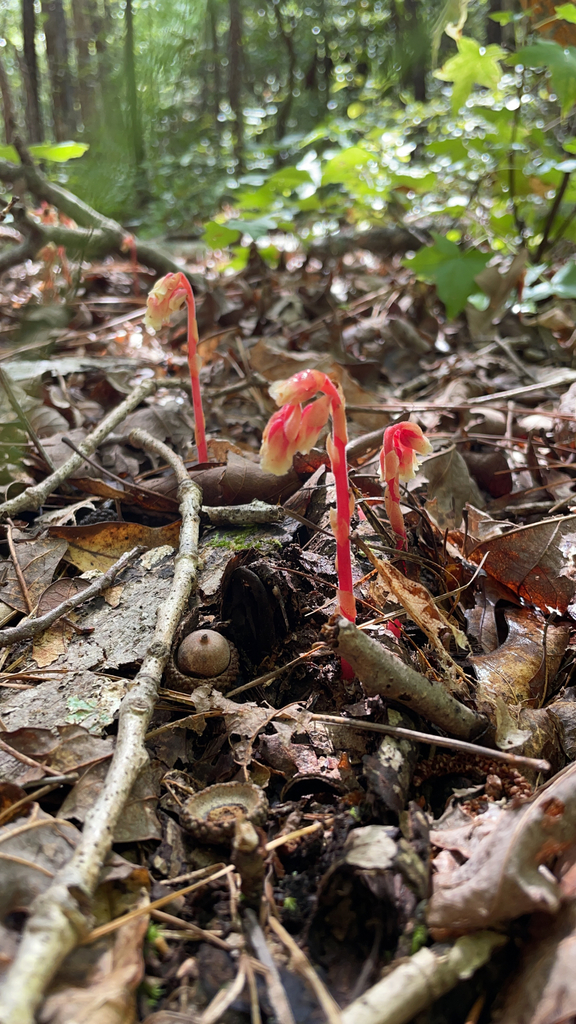
Marasmius siccus, or orange pinwheel, is a small orange mushroom with a “beach umbrella” cap and a light to dark stem. It is in the Marasmius genus. It is found in hardwood forests from the Rocky Mountains to the Appalachian Mountains. The gills are white. It is 3–7 centimetres (1.2–2.8 in) tall and 0.5–2.5 centimetres (0.20–0.98 in) wide.










